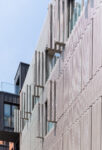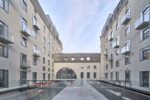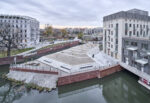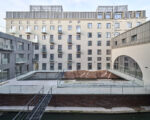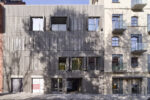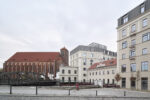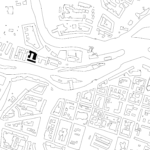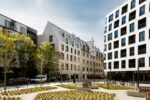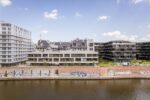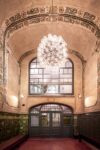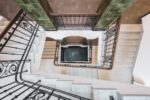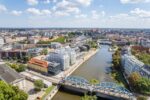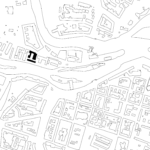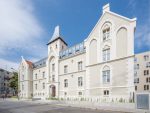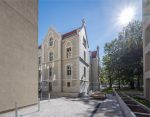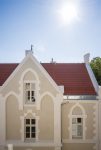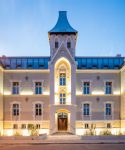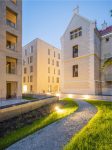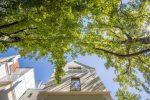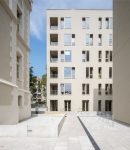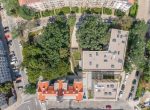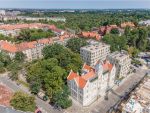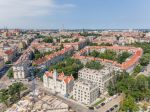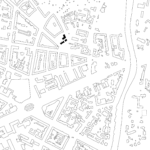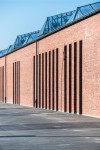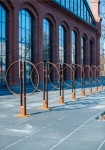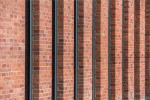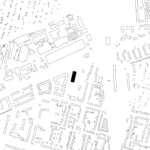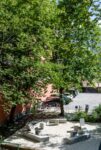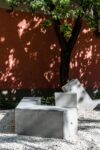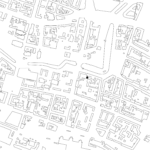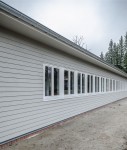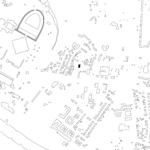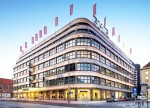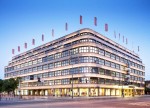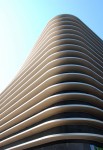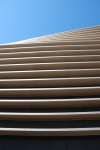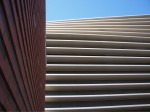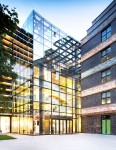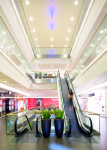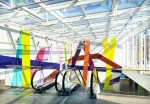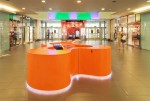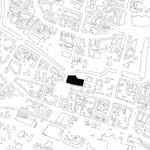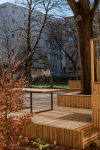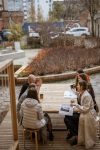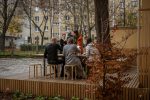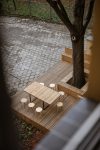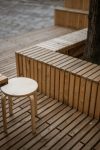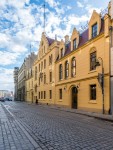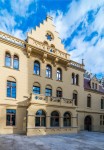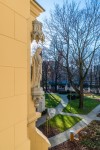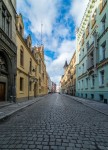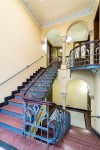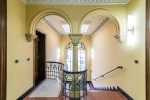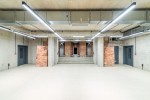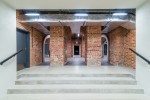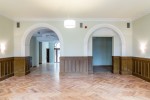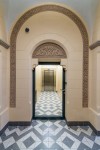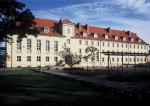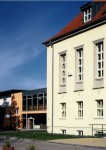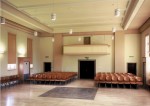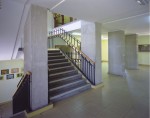The urban palace located at ul. Włodkowica 4 was built for Franz Karl von Ballestrem, a politician of the Catholic Party and President of the Reichstag. The building was designed in 1898 by Albert Grau, a well-known architect from Wrocław, who used the remains of earlier constructions, including 18th-century fortifications. During WWI, the palace interiors were partly converted into flats made available to people in a difficult situation. After WWII, the building first housed the Security Office, and then council flats, which resulted in partial destruction of the original arrangement of rooms and devastation of the interior design. In 1997 the edifice was inscribed in the Register of Historic Monuments. In 2014, the current owner of the palace began its renovation and expansion, which restored the building’s former splendour. The richly-ornamented façades from the side of ul. Włodkowica and the garden, including the historic sculpture of St. Hedwig and the stone coat of arms of the Ballestrems, were renovated. Inside, the original door frames and part of the floors were kept while the moulding and period tiles in the bathrooms were reconstructed. In the magnificent stairwell, the wrought iron stair balustrade and red terrazzo steps were restored to their original state. The charm and prestige of the historic architecture of the former Ballestrems’ palace combined with modern furnishings make the building an ideal place for the seat of a club and a restaurant. The original ceiling in the basement and the old brick walls create a unique atmosphere in the interiors of the club, while the space on the ground floor, full of light and opening up to the terrace and garden, is the perfect spot for a gourmet restaurant. These spaces are accompanied by high-standard offices located on the higher floors. Coupled with over 110-year long history of the meticulously restored former Ballestrems’ Palace, the resulting venue becomes an exceptional place where tradition overlaps modernity. Its additional asset is the location near the Old Town Promenade – a green belt near the moat around the Old Town. It is one of the favourite walking areas of Wrocław dwellers. The restaurant with its 19th-century ceiling boasts a terrace with a view of the garden. The club with auxiliary spaces in the basement has a separate entrance and independent access to the garden. Its ceiling, just like the restaurant’s, is also original.
In 2014, the current owner of the palace began its renovation and expansion, which restored the building’s former splendour. The richly-ornamented façades from the side of ul. Włodkowica and the garden, including the historic sculpture of St. Hedwig and the stone coat of arms of the Ballestrems, were renovated. Inside, the original door frames and part of the floors were kept while the moulding and period tiles in the bathrooms were reconstructed. In the magnificent stairwell, the wrought iron stair balustrade and red terrazzo steps were restored to their original state.

